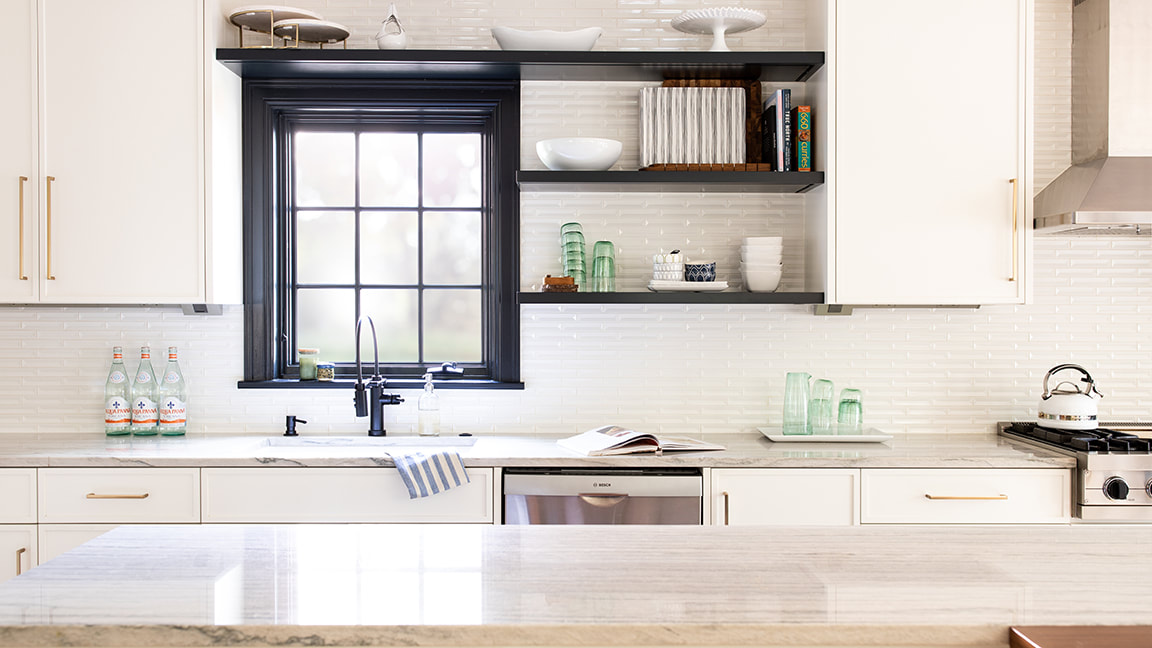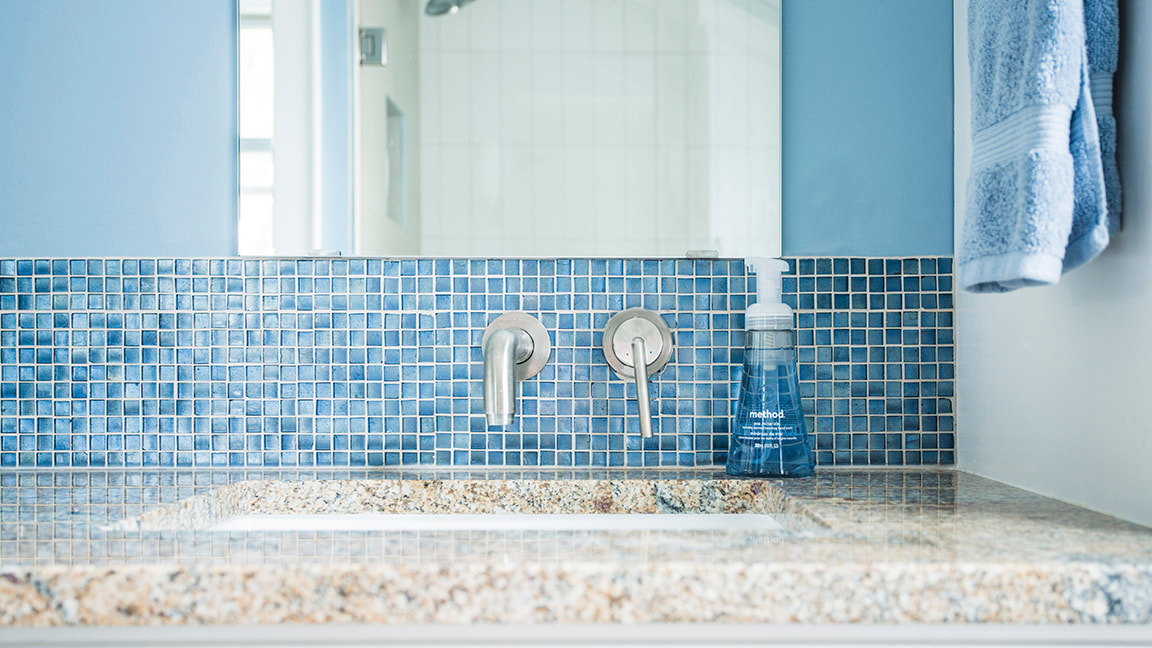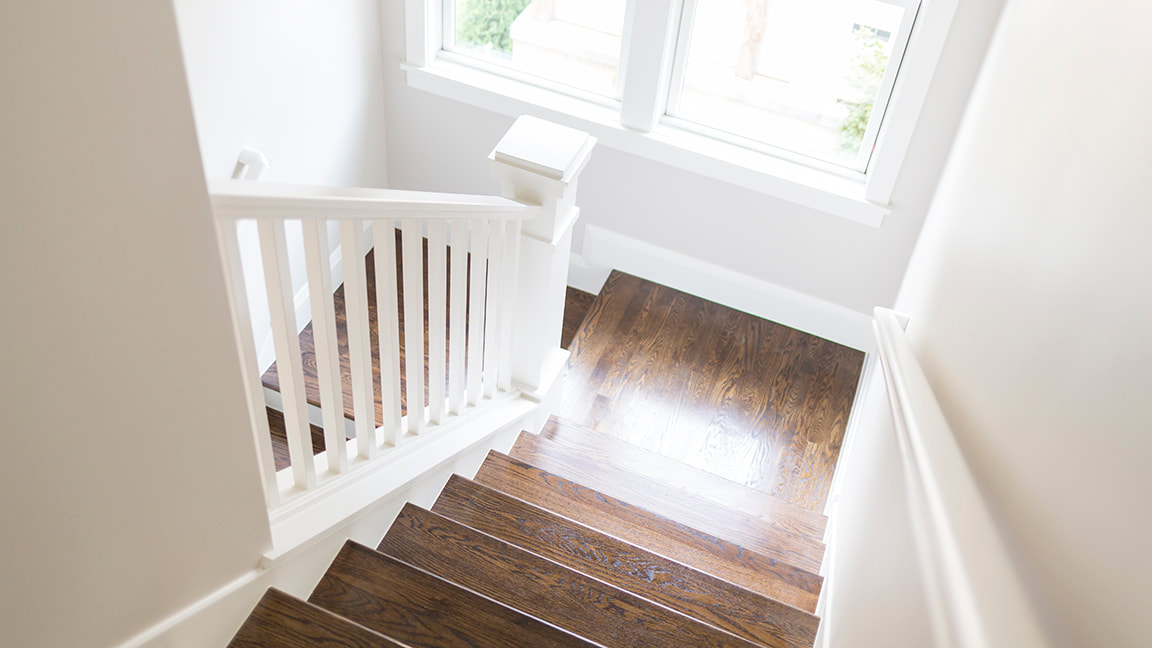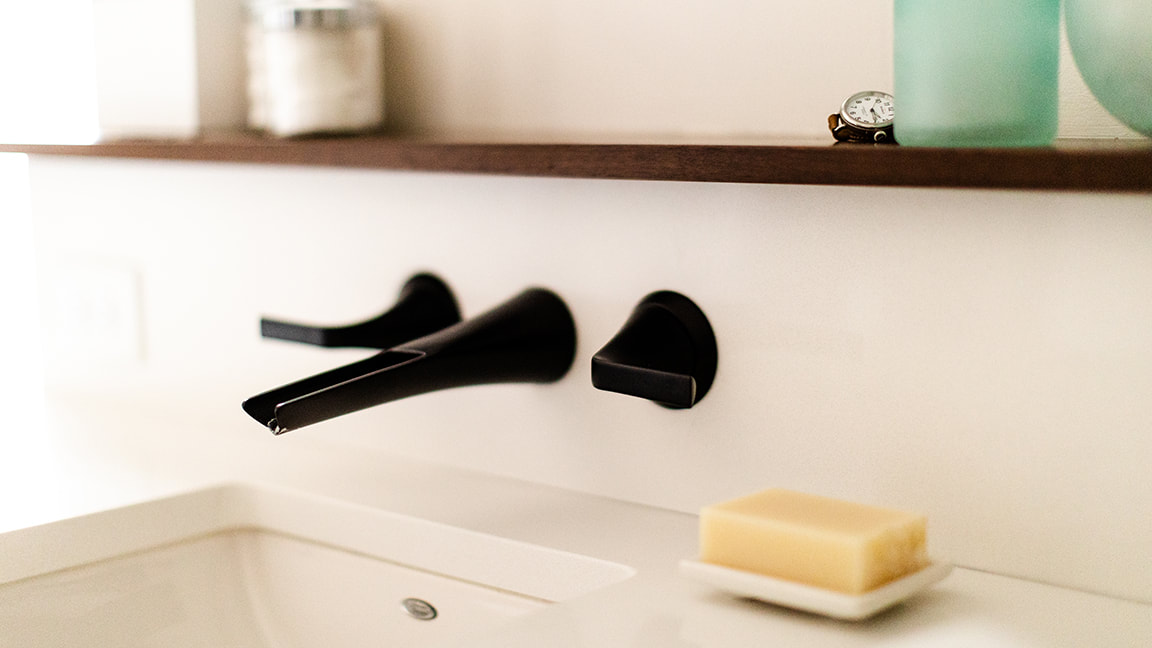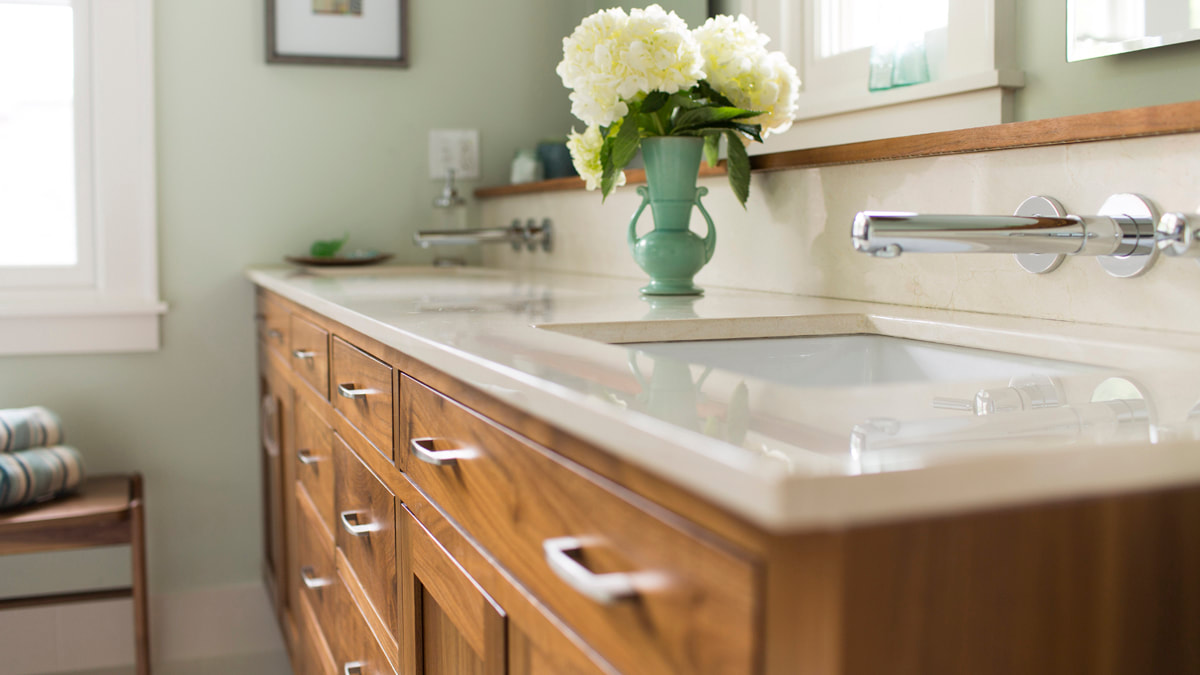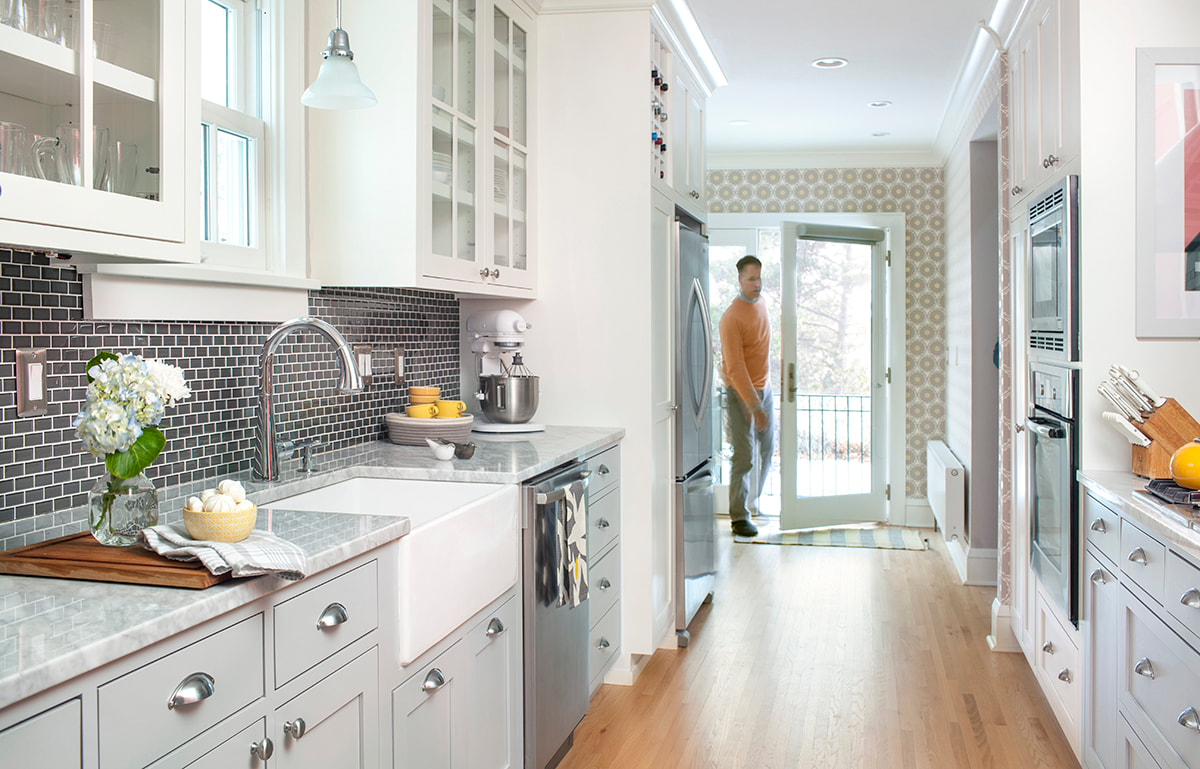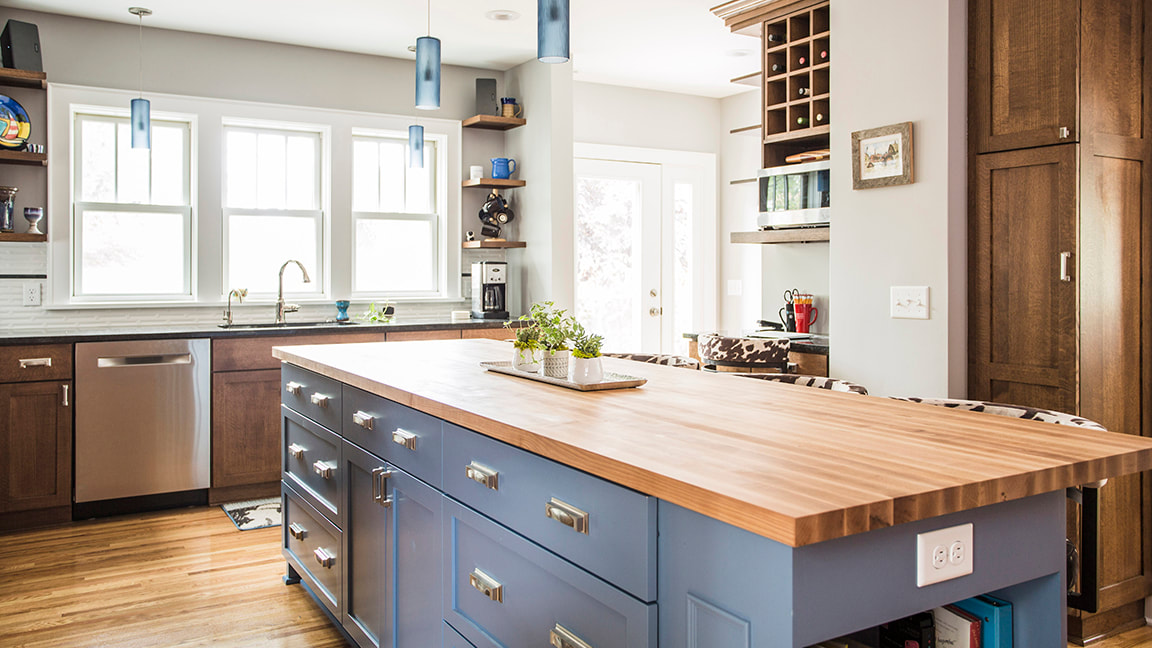R E S I D E N T I A L D E S I G N F E E
|
Quick Links
|
If you’re confused about how residential designers and architects charge for their services, you’re not alone. Many people feel in the dark about how architectural design fees are established and why there can be such a wide range. |
B E H I N D T H E C U R T A I N
Why All The Confusion & Secrecy Around Fees?
Before we dive into explaining various fee structures, there’s a bit of legal history that highlights why there may be such confusion and secrecy surrounding residential design fees.
In two Supreme Court cases in 1971 and 1990, the U.S. government invoked the Sherman Antitrust Act against the architectural profession, a ruling that made it illegal for:
> The American Institute of Architects (AIA) to offer design fee recommendations to architects, and
> For architects to discuss how they set their fees with other architects
Consequently, over the last five decades, architects had to establish their fees in isolation, without assistance from the national AIA or fellow architects and designers for fear of being held liable for price fixing (collusion).
> Read more about the court cases
Crazy, no?
In two Supreme Court cases in 1971 and 1990, the U.S. government invoked the Sherman Antitrust Act against the architectural profession, a ruling that made it illegal for:
> The American Institute of Architects (AIA) to offer design fee recommendations to architects, and
> For architects to discuss how they set their fees with other architects
Consequently, over the last five decades, architects had to establish their fees in isolation, without assistance from the national AIA or fellow architects and designers for fear of being held liable for price fixing (collusion).
> Read more about the court cases
Crazy, no?
BONUS CONSIDERATION Over the last several years, we've noticed an increased willingness amongst architects and designers to discuss not only design fee, but all matters concerning running a profitable business. Over 80% of residential design firms are sole proprietors, so, for most residential firms, the learning curve is steep, and there is a growing realization that sharing information - even design fee structure - is a good thing.
Because many architects didn't fully understand this ruling or its implications, over time, talking about fees and compensation became a forbidden topic, even within the profession of architecture.
For decades, architects have been afraid to talk openly about their fees for fear of breaking a law with which they aren’t entirely familiar. This has, in turn, led not only to widespread confusion and secrecy about how architects determine their design fees, but also to a wide range in fee structures.
The profession has suffered from this ruling, or more accurately, from the misinterpretation of complying with the ruling, and so have homeowners.
Can We Talk?
We, however, don't believe a conversation on design fee is a forbidden, or scary topic.
In fact, the above linked article states that legally nothing “shall prohibit any individual architect or architectural firm, acting alone,” from expressing an opinion about architectural prices or competition."
In simpler terms, it's okay to speak as an individual designer, or even a design firm, so long as the profession doesn't attempt to act in unison.
For decades, architects have been afraid to talk openly about their fees for fear of breaking a law with which they aren’t entirely familiar. This has, in turn, led not only to widespread confusion and secrecy about how architects determine their design fees, but also to a wide range in fee structures.
The profession has suffered from this ruling, or more accurately, from the misinterpretation of complying with the ruling, and so have homeowners.
Can We Talk?
We, however, don't believe a conversation on design fee is a forbidden, or scary topic.
In fact, the above linked article states that legally nothing “shall prohibit any individual architect or architectural firm, acting alone,” from expressing an opinion about architectural prices or competition."
In simpler terms, it's okay to speak as an individual designer, or even a design firm, so long as the profession doesn't attempt to act in unison.
BONUS CONSIDERATION Color is a powerful, even anxiety-inducing consideration in every project. It's hard to beat blue for a bathroom color. The obvious connection to the color of water is hard to resist, but it doesn't make it any less compelling. In this project, blue was used on the glass mosaic tile backsplash, wall paint color, hand towels, hand soap, and even in small doses in the stone countertop.
P R I C E V S . V A L U E
When comparing fees, what should I consider?
When hiring a designer, people commonly focus on simply price, and it is a prime consideration, but a better, fuller consideration focuses on value.
It may seem obvious, but it bears mentioning, residential design services are not a commodity.
You are not buying a can of soup or a gallon of gas. It's impossible to compare like items and choose the best price based on your ability to spend. Selecting professional services doesn't work that way because when you hire a designer, you are paying not only for their time, but also for their experience and expertise.
Determining the value of that service is subjective, however.
What is it worth to you to partner with a residential design expert you trust?
How much relief comes from a unique solution designed to alleviate a nagging pinch point in your house?
How much is it worth having a trusted partner looking our for your interests during the construction process?
Good designers create value. They can increase the value of your property, they save you money on material selections, equipment, and construction methods, they can guide you through a dense and complex design and construction process, they creatively problem solve, and keep your project moving forward with tight, detailed drawings.
The value of someone filling this role is difficult to quantify, but we all have an amount in mind.
The challenge is finding the services that align with your needs at a price you are comfortable with.
It may seem obvious, but it bears mentioning, residential design services are not a commodity.
You are not buying a can of soup or a gallon of gas. It's impossible to compare like items and choose the best price based on your ability to spend. Selecting professional services doesn't work that way because when you hire a designer, you are paying not only for their time, but also for their experience and expertise.
Determining the value of that service is subjective, however.
What is it worth to you to partner with a residential design expert you trust?
How much relief comes from a unique solution designed to alleviate a nagging pinch point in your house?
How much is it worth having a trusted partner looking our for your interests during the construction process?
Good designers create value. They can increase the value of your property, they save you money on material selections, equipment, and construction methods, they can guide you through a dense and complex design and construction process, they creatively problem solve, and keep your project moving forward with tight, detailed drawings.
The value of someone filling this role is difficult to quantify, but we all have an amount in mind.
The challenge is finding the services that align with your needs at a price you are comfortable with.
BONUS CONSIDERATION Stairs can be a treacherous place, especially for the very young and elderly. We make sure to incorporate as much natural light as possible at stairs and landings to make sure that the pathway is well light during the day. Another design solution is to change the species of wood or stain color at the top of stairs and landings to highlight the change in level.
F L A T F E E
Why the range in residential design fees?
Fee Structure
Commonly, design firms determine fee by attaching a fee percentage to the construction budget.
Often, it is a flat fee percentage, like 10%, which is applied to all projects regardless of size. Fee-Based percentages for a full-service residential design firm in the Twin Cities can range from 8% to 15+% of the construction cost of your project (outside the metro area, rates may be lower).
The initial final fee estimate is adjusted, if needed, at the end of your project once final construction costs are determined.
> What to Consider When Selecting a Residential Designer
Design fees for a $200,000 project, for example, can range from $16,000 to $30,000 (or more), depending on the firm you work with and the services you select.
Sticker shock?
Yes, it can be a jarring when you do the math – we understand the reaction.
Full service residential design fees are a significant investment for anyone of any means.
Commonly, design firms determine fee by attaching a fee percentage to the construction budget.
Often, it is a flat fee percentage, like 10%, which is applied to all projects regardless of size. Fee-Based percentages for a full-service residential design firm in the Twin Cities can range from 8% to 15+% of the construction cost of your project (outside the metro area, rates may be lower).
The initial final fee estimate is adjusted, if needed, at the end of your project once final construction costs are determined.
> What to Consider When Selecting a Residential Designer
Design fees for a $200,000 project, for example, can range from $16,000 to $30,000 (or more), depending on the firm you work with and the services you select.
Sticker shock?
Yes, it can be a jarring when you do the math – we understand the reaction.
Full service residential design fees are a significant investment for anyone of any means.
BONUS CONSIDERATION If you desire high-end residential design service, than customarily a high-end builder is selected to deliver on the project. Choosing a full-service residential designer most likely commits you to a high-end builder. These decisions often go hand-in-hand, so keep this in mind as you consider your designer selection on total project costs.
So why the range in fee amount? Several key items impact a design firm's fee percentage.
The following factors all play a role in determining a firm's design fee percentage.
> A firm's overall size
> Overhead Costs
> Profit structure
> Scope of services
> Expertise - a specialist in a particular niche or specific project type
> Reputation or local cache
Firms with nice offices, large staffs, and years of award-winning history carry higher fee percentages. Typically, higher design fees tend to get you better results, but only to a point. Terrazzo floors and walnut panels in an impressive office can be lovely, but they don't necessarily improve your project.
On the high end of the fee range you will be paying for design acumen plus office space, overhead structure, staff benefits, and a healthy profit margin.
> See how DLD structures design services
Conversely, below 8% and you may be partnering with a firm lacking the experience, systems, structure, or design chops necessary to complete your full-service project successfully.
The ultimate decision on what to spend on design fees is a mix of what services you need, what you can afford, and how much you value a particular residential designer.
The following factors all play a role in determining a firm's design fee percentage.
> A firm's overall size
> Overhead Costs
> Profit structure
> Scope of services
> Expertise - a specialist in a particular niche or specific project type
> Reputation or local cache
Firms with nice offices, large staffs, and years of award-winning history carry higher fee percentages. Typically, higher design fees tend to get you better results, but only to a point. Terrazzo floors and walnut panels in an impressive office can be lovely, but they don't necessarily improve your project.
On the high end of the fee range you will be paying for design acumen plus office space, overhead structure, staff benefits, and a healthy profit margin.
> See how DLD structures design services
Conversely, below 8% and you may be partnering with a firm lacking the experience, systems, structure, or design chops necessary to complete your full-service project successfully.
The ultimate decision on what to spend on design fees is a mix of what services you need, what you can afford, and how much you value a particular residential designer.
BONUS CONSIDERATION If a vanity lands on an outside wall, where water lines can easily freeze, we often create a double-wall conditions by introducing a partial height wall behind the vanity. It serves several purposes - water lines can be run within the wall and kept out of exterior walls, which keeps pipes warm and frost-free, wall-mounted faucets can be selected which makes it easier to keep countertops clean, and capping it off, there is a ledge where commonly used items can be place keeping the countertop clutter-free.
D L D F E E S T R U C T U R E
An Inverse Relationship
Less common, and the way we structure our design fees, is when the design fee percentage is inversely related to cost of construction.
The larger the project, for example, the lower the fee percentage. Conversely, the smaller the project, the higher the fee percentage. The goal of this fee structure is to keep services and fees balanced and fair to both parties, regardless of project size.
The larger the project, for example, the lower the fee percentage. Conversely, the smaller the project, the higher the fee percentage. The goal of this fee structure is to keep services and fees balanced and fair to both parties, regardless of project size.
BONUS CONSIDERATION Be honest with your level of interest, time, and acumen for the design process when deciding whether or not to add interior design services. Material and fixture selection can be a stressful and overwhelming period with dozens, if not hundreds of decisions to make and, less obviously, to track.
Every project, regardless of size, has a certain amount of "base level" work required. We've found that for smaller projects a fixed-fee percentage may not yield enough fee to cover our efforts, As a result, we often attach a higher fee percentage on smaller projects to covers the "start up" hours required on every project.
> Material & Fixture Selection
While a larger project certainly requires more work, it may not necessarily be directly, one-to-one, that much more work than a smaller project. Consequently, the fee percentage will drift down. Within our Designer Package, for example, the fee percentage on a $250K project may be 8%, while the fee percentage on a $150K project may be 10%.
> Material & Fixture Selection
While a larger project certainly requires more work, it may not necessarily be directly, one-to-one, that much more work than a smaller project. Consequently, the fee percentage will drift down. Within our Designer Package, for example, the fee percentage on a $250K project may be 8%, while the fee percentage on a $150K project may be 10%.
For Example
As mentioned, we don't have a single design fee percentage applicable to all projects. We endeavor to give you some flexibility in how you structure design services by offering various Design Packages, each with an increasing level of service and fee.
We establish our design fee based on the following 2-part structure:
As mentioned, we don't have a single design fee percentage applicable to all projects. We endeavor to give you some flexibility in how you structure design services by offering various Design Packages, each with an increasing level of service and fee.
We establish our design fee based on the following 2-part structure:
|
1.
|
Construction Cost Estimate [CCE]
As part of our Design Proposal we do a preliminary Construction Cost Estimate, which is our initial $/SF guidance on what we think your project will cost. It may not necessary match your stated budget. To establish the CCE, a $/SF amount is attached to each space depending on room type. A bedroom, for example, may be $170/SF while a kitchen may be $350/SF. The $/SF values are based on unique project elements, local industry averages, and past DLD projects of similar type and scope. It's important to state, the CCE is not a hard construction estimate; it's a price based on $/SF guidelines and past project comparisons. It's upon this initial CCE that our proposal fee % and hours are based. CCE Adjustment After design direction is established in Schematic Design, preliminary pricing is obtained from a licensed, local builder. The builder's estimate now becomes the new Construction Cost Estimate. If the builder's CCE is significantly different, DLD reserves the right to adjust design fee accordingly. We work hard to establish an accurate CCE early on, so that typically there is modest movement, if any. The arrangement protects both parties. If your project grows or becomes more complicated during design development, fee may adjust higher to match the additional work. Conversely, if your project scope simplifies or shrinks, design fee may drop. |
|
2.
|
Fee Percentage Range
Each Design Package has a fee percentage range.The design fee percentage for your design package is associated the Construction Cost Estimate highlighted in your Design Proposal. Below is the typical fee percentage range for each Design Package.
|
B U S I N E S S S T R U C T U R E
A Lean (and mean) Structure
We've worked hard to build our operations - the requisite systems, templates, documents, and best practices - to effectively and consistently deliver beautiful, high-quality projects. We have focused on efficiency, technology, and a lean operating structure to keep architecture costs well-managed.
Deciding not to carry the high overhead costs of a design office and large staff, our team members work from home offices, connected to each other remotely.
Deciding not to carry the high overhead costs of a design office and large staff, our team members work from home offices, connected to each other remotely.
BONUS CONSIDERATION Mixing colors, wood species, countertop materials, and metal finishes can yield exciting results (especially in a kitchen), but it's also a more challenging selection process to manage as a misstep can go very wrong. Work with an a firm that does interior design to insure you stay between the white lines.
Our business model is highly efficient and infinitely scalable, with the necessary resources needed to grow with your project. Over 93% of the cost of working with DLD covers time spent designing, drawing, documenting, and managing your project.
You pay for our experience and talent, not our fancy lobby or the appliances in our office kitchen.
Given our commitment to efficiency and value, this seems the best and most obvious way to deliver on that promise.
Additional Services & Costs
Our residential design fees cover the services outlined in our Design Packages.
They do not, however, include any outside consultant fees. Depending on the specific requirements of a project, the assistance of a consultant may be required. This most often includes one or more of the following: a structural engineer, a civil engineer, a soil tester, a surveyor, a landscape architect, an energy modeler, or a lighting or technology consultant.
DLD can coordinate the selection and/or efforts of consultants and will provide them all the necessary materials, information, and project direction. You pay the cost of the consultant plus a 20% markup for consultant coordination, and an hourly rate for any time DLD needs to incorporate the consultant's information into the drawing set.
You pay for our experience and talent, not our fancy lobby or the appliances in our office kitchen.
Given our commitment to efficiency and value, this seems the best and most obvious way to deliver on that promise.
Additional Services & Costs
Our residential design fees cover the services outlined in our Design Packages.
They do not, however, include any outside consultant fees. Depending on the specific requirements of a project, the assistance of a consultant may be required. This most often includes one or more of the following: a structural engineer, a civil engineer, a soil tester, a surveyor, a landscape architect, an energy modeler, or a lighting or technology consultant.
DLD can coordinate the selection and/or efforts of consultants and will provide them all the necessary materials, information, and project direction. You pay the cost of the consultant plus a 20% markup for consultant coordination, and an hourly rate for any time DLD needs to incorporate the consultant's information into the drawing set.




